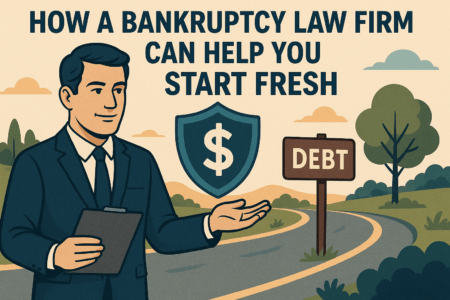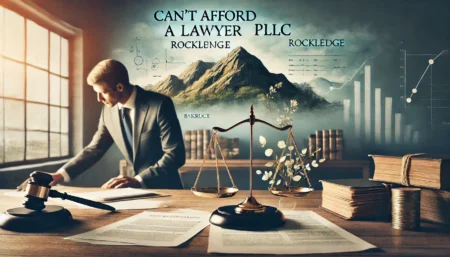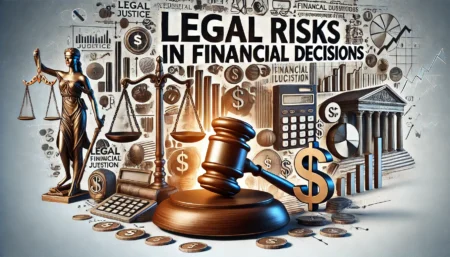Bankruptcy provides a legal mechanism for individuals and businesses overwhelmed by debt to either eliminate or repay some or all of their obligations under the protection of the federal bankruptcy court. It’s designed to offer a fresh financial start to honest debtors.
Types of Bankruptcy
-
Chapter 7 Bankruptcy (Liquidation)
- Involves selling the debtor’s non-exempt assets to repay creditors.
- Most unsecured debts are discharged.
- Individuals may retain certain exempt property, such as a primary residence and personal vehicle.
- Remains on a credit report for up to 10 years.
-
Chapter 13 Bankruptcy (Reorganization)
- Allows individuals with a regular income to develop a plan to repay all or part of their debts over three to five years.
- Beneficial for those with significant non-exempt assets or higher income levels.
- Remains on a credit report for up to 7 years.
-
Chapter 11 Bankruptcy (Business Reorganization)
- Primarily used by businesses to restructure their debts and continue operations.
- Provides an opportunity to reorganize and return to profitability.
Filing for Bankruptcy
-
Consultation and Preparation
- Consult with a bankruptcy attorney to understand options and implications.
- Complete mandatory credit counseling from an approved agency.
- Gather detailed financial information, including debts, assets, income, and expenses.
-
Filing the Petition
- File the bankruptcy petition and necessary schedules with the bankruptcy court.
- An automatic stay is issued, halting most collection actions against the debtor.
Role of the Bankruptcy Trustee
-
Chapter 7 Trustee
- Administers the liquidation of non-exempt assets.
- Ensures fair distribution of proceeds to creditors.
-
Chapter 13 Trustee
- Oversees the repayment plan.
- Collects and distributes payments to creditors according to the plan.
Discharge of Debts
-
Eligible Debts
- Most unsecured debts, such as credit card debt and medical bills, can be discharged.
- Certain debts, including child support, alimony, and most student loans, typically cannot be discharged.
Conclusion
Bankruptcy offers a structured path to financial recovery for individuals and businesses facing overwhelming debt. Understanding the different types of bankruptcy and the process involved is crucial for making informed decisions about financial relief.




